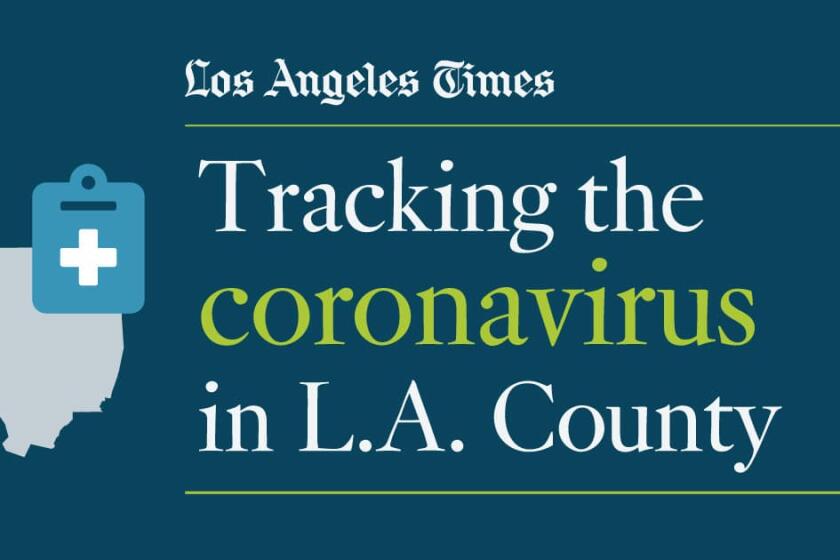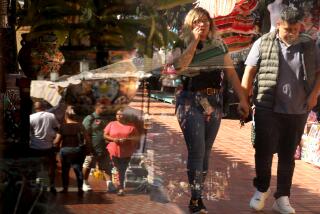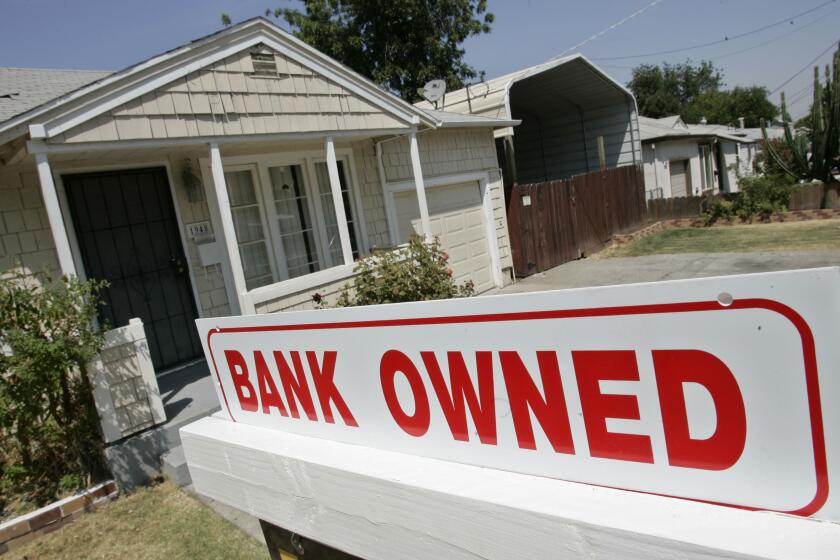New stay-at-home order for L.A. County coming within weeks if COVID-19 continues to surge
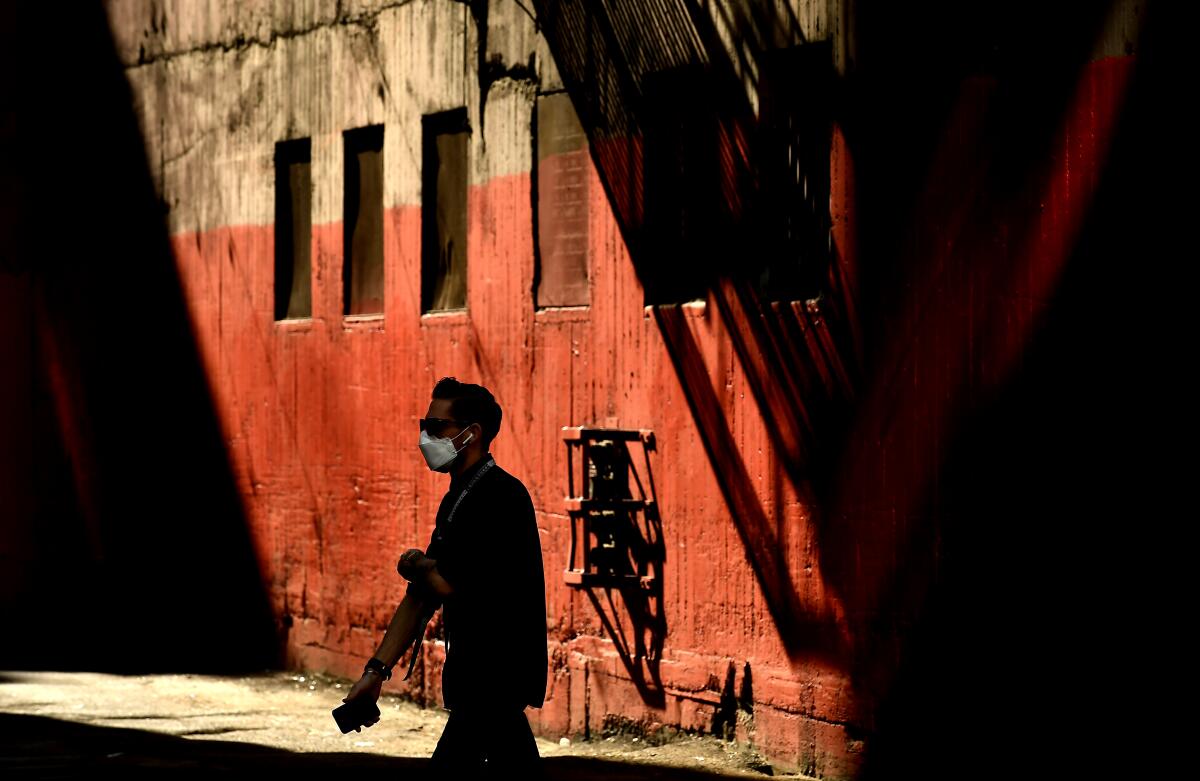
In an ominous sign of how rapidly COVID-19 is spreading across Los Angeles County, officials on Tuesday warned that a new stay-at-home order would be imposed if coronavirus cases and hospitalizations continue to spike over the next few weeks.
County leaders said they are desperately trying to avoid another shutdown, announcing that, starting Friday, they will begin ordering restaurants and nonessential stores to close at 10 p.m. and place a cap on the number of people allowed at outdoor gatherings — a maximum of 15 people from no more than three households — in hopes of slowing the infection rate.
Los Angeles County has been particularly hard hit by the latest wave of the coronavirus. The average number of daily cases has tripled in the last month, from more than 900 cases a day to more than 2,800 for the five-day period that ended Tuesday, according to a Times analysis.
Gov. Gavin Newsom has announced a stay-at-home order affecting most of California.
The number of people hospitalized with COVID-19 has also surged in L.A. County by nearly 60% in the past month, from 752 infected people in hospitals on Oct. 16 to 1,188 on Monday. And the rate at which coronavirus tests results are coming back positive is substantially up, now at 5.3% over the past week, up from 3.8% the previous week.
Officials have warned that if they cannot slow the spike in the next few weeks, more onerous measures will be necessary, the type seen during the sweeping lockdown that occurred when the pandemic first hit in March.
“This is a different kind of moment, a new level of danger,” Los Angeles Mayor Eric Garcetti said. “If we don’t make these decisions now, there really is only one outcome: We will almost certainly have to shut things down again. And more people will get sick and die.“
Los Angeles County has been one of the hardest hit counties in this pandemic, recording a cumulative 7,300 COVID-19 deaths, 40% of the state’s fatalities, despite making up just one-quarter of California’s population.
The latest maps and charts on the spread of COVID-19 in Los Angeles County, including cases, deaths, closures and restrictions.
And while L.A. County saw an improvement in daily cases, hospitalizations and deaths in the late summer and early fall, it has struggled to make the more obvious improvements that other Southern California counties had made until the recent surge.
Since late August, L.A. County has remained in the worst ranking of the state’s four-color tiered ranking system, with disease transmission considered widespread.
With nowhere stricter to go under the state’s framework, L.A. County officials this week decided they need to make their own plans for quashing the alarming accelerating spread of the highly contagious virus.

On Tuesday, the L.A. County Department of Public Health established a new threshold that could stop outdoor dining at restaurants, returning eateries to offering only delivery and takeout service for the first time since May. (Indoor restaurant dining has not been permitted since late June.)
To get there, new daily coronavirus cases would have to increase by 41% from today, or reach 4,000 average cases daily over a five-day period, a number not seen in L.A. County so far in this pandemic. (At its worst, in mid-July, L.A. County saw 3,464 cases a day over a five-day average.)
L.A. County could also reach this threshold if daily hospitalizations reach more than 1,750.
Authorities also established the threshold for when a new stay-at-home order would go into effect, which would only allow essential workers and people securing essential services to leave their homes, and implement a 10 p.m.-to-6 a.m. curfew that only exempts essential workers.
That order would be implemented when the five-day average of new daily coronavirus cases increases by 58% of what it was on Tuesday, reaching 4,500 cases a day. That threshold could also be met if daily hospitalizations hit 2,000.
“Los Angeles County is at a critical moment,” said public health director Barbara Ferrer.
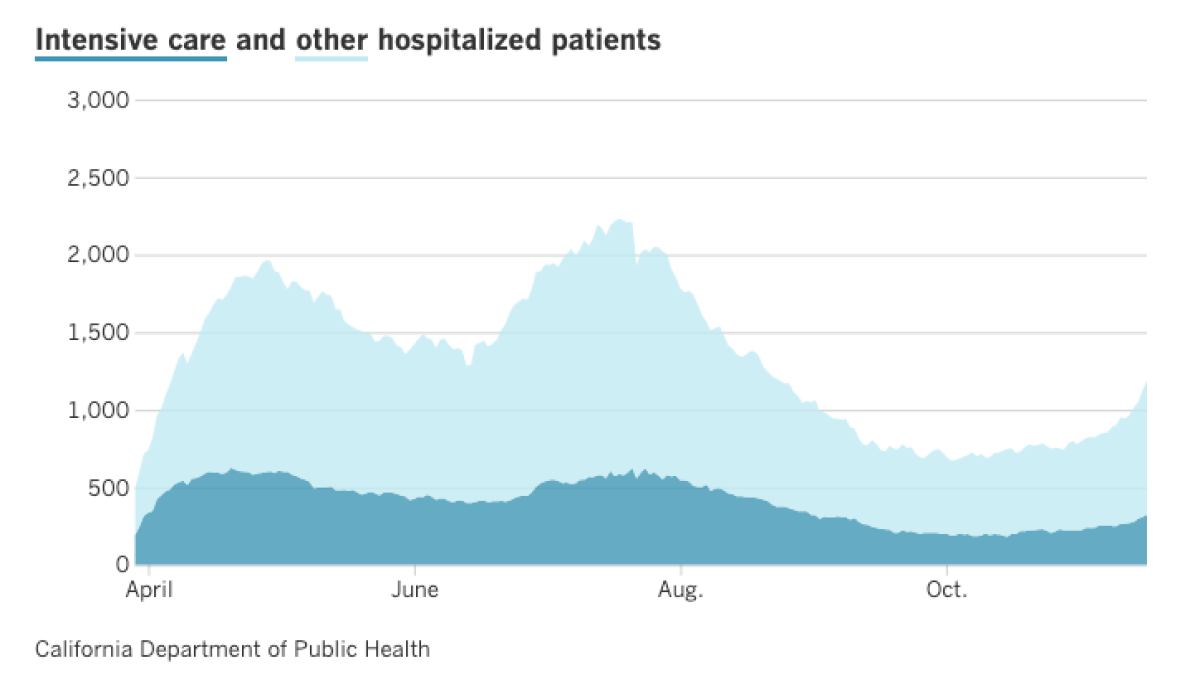
The disease is spiking across the county, affecting all age groups, but it’s young adults that are spreading the virus most widely, and the oldest that are dying in the greatest numbers.
The daily coronavirus case rate of L.A. County residents ages 18 to 29 has more than doubled in the last month, from 11.5 cases per 100,000 residents to 25 cases per 100,000. The second-highest group are adults ages 30 to 45, which has seen its rate nearly double, from 9.4 cases per 100,000 residents to 18 cases per 100,000 people.
And it’s the oldest residents — those aged 80 and older — who are seeing the most significant increase in serious illness, Ferrer said.
“It serves as a stark reminder that young people are spreading the virus with disastrous results for our elderly,” Ferrer said.
Communities of color also remain hard hit. Rates of hospitalization among Pacific Islanders, Latino and Black residents are many times worse than for white residents in Los Angeles County.
Certain neighborhoods in L.A. County are also seeing extraordinarily high case rates compared to other areas, particularly in the San Fernando Valley, East Los Angeles, the Antelope Valley, the San Gabriel and Pomona valleys, Santa Clarita and southeast Los Angeles County.
More than 90% of those who die from the disease have underlying health conditions. Among 198 people hospitalized between April and October, 54% had high blood pressure; 47% had diabetes; 35% were obese; 34% had high cholesterol; 15% had kidney disease; and 14% had chronic lung disease. Many people have multiple underlying health conditions.
Some of these underlying health conditions are quite common in L.A. County, health officials said. Of the area’s 10.1 million residents, about 2 million have high blood pressure; more than 2 million have high cholesterol; and more than 2 million are obese, Ferrer said.
Officials said groups of young adults going to get tested on a Thursday in hopes of getting negative results by Saturday morning and then having a dinner party Saturday night are irresponsible.
Such tests provide a false sense of security — and engaging in this practice can still result in the gathering becoming a super-spreading event that can transmit the virus widely.
Starting Friday, restaurants, breweries, wineries and nonessential retail establishments will be ordered shut between 10 p.m. and 6 a.m.
Businesses currently allowed to operate indoors — including retail, offices and personal-care establishments — will be limited to 25% capacity, L.A. County Supervisor Sheila Kuehl said.
Restaurants, breweries and wineries operating outdoors will be limited to 50% capacity, Kuehl said. The number of customers at outdoor cardrooms, mini-golf, go-karts and batting cages will be capped at 50% of outdoor capacity, according to the county.
Personal-care establishments will also be required to provide services by appointment only, and everyone will be required to wear a mask, meaning “no more facials,” she said.
At the state level, California is also cracking down. The state recorded 13,412 new cases Monday — a single-day record, according to The Times’ coronavirus tracker.
The state issued a new mandate this week requiring residents to wear face coverings whenever they’re outside their homes, with few exceptions.
The expanded order announced Monday means Californians must mask up unless they are alone in a car or only with those in their household; working alone in an office or room; outdoors and staying at least six feet away from others not in their household; are obtaining a service involving their nose or face; or are actively eating or drinking, so long as they maintain physical distance.
Officials this week announced a dramatic rollback of reopening in much of the state. As a result of the changes, 94% of Californians now live in counties that are in the strictest tier of the state’s reopening roadmap, and many businesses in those counties will have to suspend or severely limit their indoor operation.
California still remains in a better position relative to other states, ranking 40th out of the 50 states, the District of Columbia and Puerto Rico in terms of the cumulative number of coronavirus cases per 100,000 residents.
More to Read
Start your day right
Sign up for Essential California for news, features and recommendations from the L.A. Times and beyond in your inbox six days a week.
You may occasionally receive promotional content from the Los Angeles Times.

